Category: Rigging
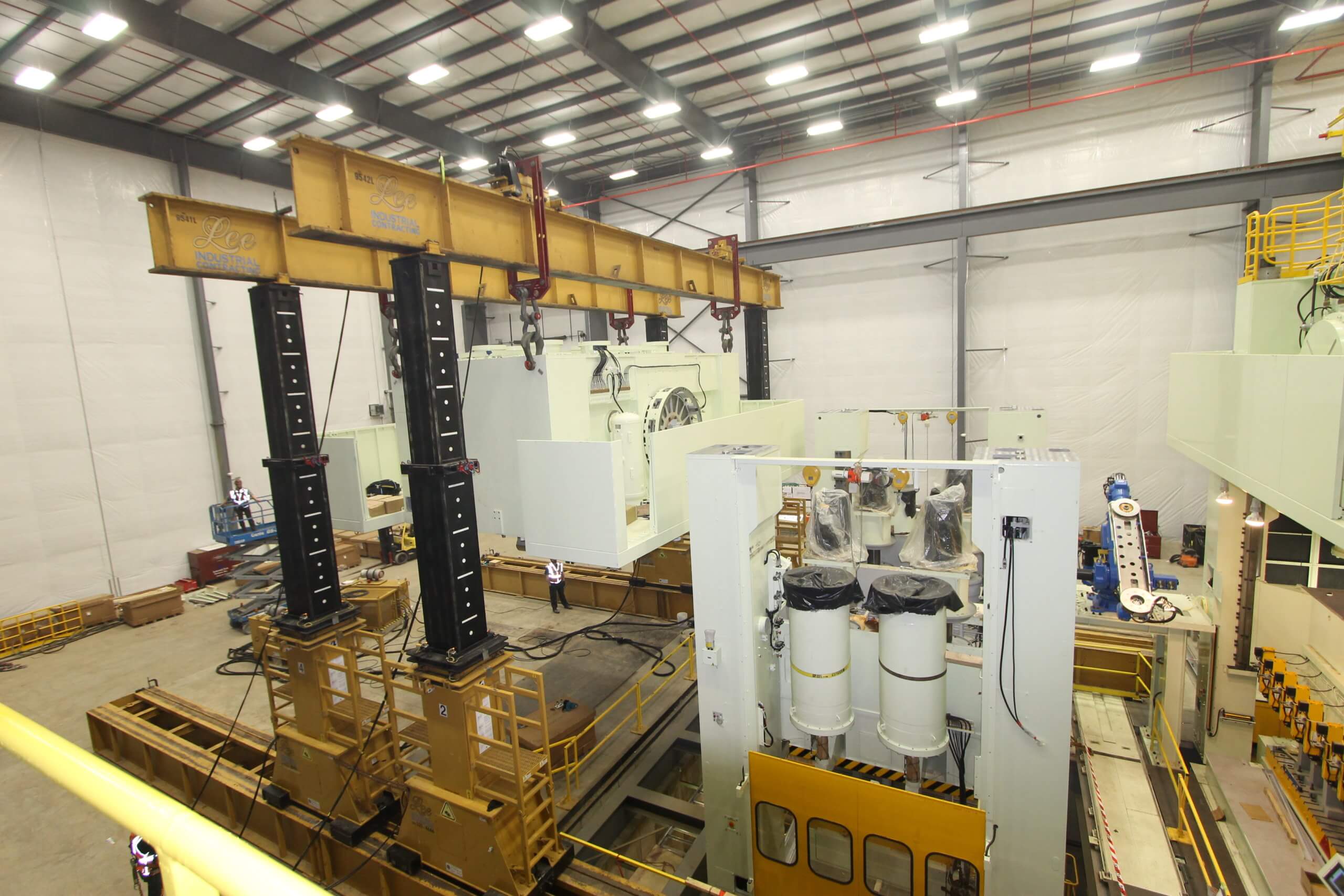
This is part 5 of a 5-part series.
Last week’s blog talked about the fourth step to a successful equipment relocation: Transporting. This week, we are focusing on the final step: Installing
Installing
The last step in ensuring you have a successful press move is the installation of the press. Hiring the right riggers can make a world of difference during the installation process. The right rigging company will have the proper equipment for the job, including: cranes, gantries, fork trucks and man lifts.
The equipment’s new location will have its own set of challenges compared to its previous location. These might include:
- There might not be a pit or foundation installed for the equipment. (Lee’s foundation department can install one for you.)
- Lower ceiling heights, which requires the riggers to use special assembly procedures (Lee can raise the roof over the new equipment location.)
- The doorways might not be large enough which would require the machinery to be either disassembled or for the doorway to be made larger. (Lee’s building department can enlarge any doorway to suit your needs.)
- Power supplies to the building might not be large enough to handle the new equipment. (Lee has journeymen and master electricians on staff to upgrade your power supplies.)
- Air compressors might not be large enough to handle the new requirements. (Lee’s air compressor department can install and upgrade your current air compressor system.)
These challenges should have been discussed and solved during the planning process. Lee Contracting’s turn-key solutions process takes the time to ensure that you are not surprised with one of the above issues during the installation process. We think of everything to make sure you are up and running as fast as possible.
Lee Contracting knows that investing in new equipment is a huge undertaking. We work with you to complete the project safely, efficiently and in a timely manner. We take your trust in us very seriously and strive to be a world-class industrial contractor.
Call us today for a free RFQ at 888.833.8776 or click here to submit one online.
Subscribe and receive updates via email
This is part 2 of a 5-part series.
Last week’s blog covered the first step to a successful equipment relocation: Planning. This week, we are focusing on the second step for a successful equipment move: Dismantling.
Dismantling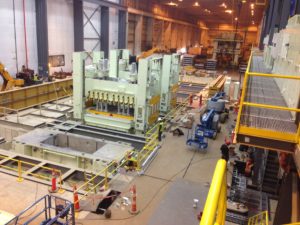
While it might be more cost-effective to ship equipment in one piece, there are typically some physical restrictions that don’t allow for this to be a viable option. These restrictions can include the weight capacity of the facility floors and loading area. When determining the weight capacity of the floor and loading area, the weight of the portable lifting equipment and the components combined needs to be taken into consideration. The combinations of the equipment and the components can cause a lot of stress on facility floors.
Some other physical restrictions include the equipment’s center of gravity and lifting points. A miscalculation of the tipping point of a machine or hookups can damage the equipment and create a very unsafe situation. To ensure safest relocation process, it is imperative that these restrictions are known before the project begins.
Dismantling the equipment needs to be done prior to relocation. Dismantling involves everything from removing and unhooking power and air connections, to loosening all the components the riggers will be moving. If the dismantling isn’t done before the riggers show up, this can lead to project delays. Lee Contracting handles every stage of the equipment relocation with our in-house crews who work together to get the job done. This ensures we aren’t waiting for another contractor to finish the dismantling before we can come in and relocate the equipment.
Dismantling a piece of equipment is a very important part of a successful equipment relocation. With over 25 years’ experience in equipment relocation, Lee Contracting has the in-house departments to execute the full relocation process. Call us today for an RFQ at 888.833.8776 or request one here.
Subscribe and receive updates via email
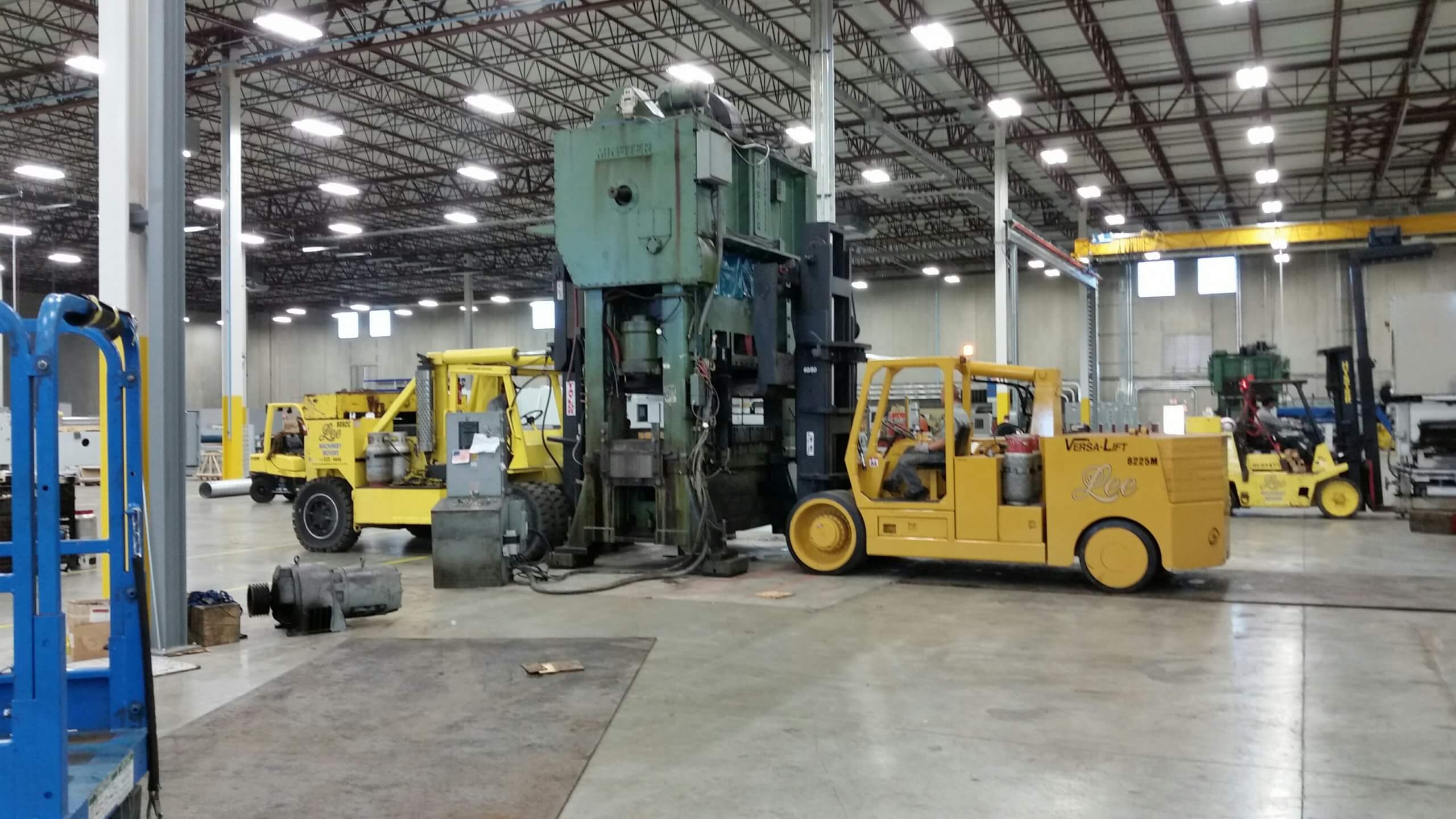
This is part 1 of a 5-part series.
Moving heavy equipment is an important decision for many manufacturing facilities. There are five key stages will help to plan a successful machinery move. The first of these is planning.
Planning
Whether the machinery is being moved from one side of the floor to another, or from across the country, there are many factors to take in to account when planning to relocate equipment.
You probably already know that the equipment dimensions are important to the move, but there are several other measurements that need to be considered to ensure a successful move. These include:
- Door Size- During relocation, does your equipment need to pass through a doorway? You want to make sure the doorway is large enough. If your equipment can’t fit through the door you may need to enlarge the doorway. If this isn’t an option, you may need to disassemble the equipment to move it.
- Floor rating- Can the facility floor support the weight of the equipment and the rigging equipment during relocation? Is the floor where the new equipment will sit rated to support its weight?
- Obstacles- Are there any pits or floor openings that need to be covered during relocation?
- Open Access- Is there open access around the equipment to maneuver the rigging equipment around the area to remove the equipment and/or its components.
- Weights/Dimensions- What are the weights and dimensions of the equipment and its components being relocated? This will help to plan for the use of appropriate rigging and transportation equipment.
Knowing the accurate measurements and weights of equipment will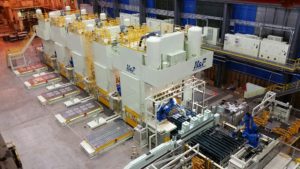 ensure the proper trailers, trucks and load counts are utilized for proper transportation/relocation. Not having the correct measurements can add thousands of dollars and delay your relocation project.
ensure the proper trailers, trucks and load counts are utilized for proper transportation/relocation. Not having the correct measurements can add thousands of dollars and delay your relocation project.
Lee Contracting has over 25 years’ experience relocating equipment for hundreds of companies. We know that these measurements are very important for every project and we take care to ensure that we have a very detailed plan in place to relocate your equipment efficiently and safely.
Call us today for a free RFQ at 888.833.8776 or request one here.
Subscribe and receive updates via email
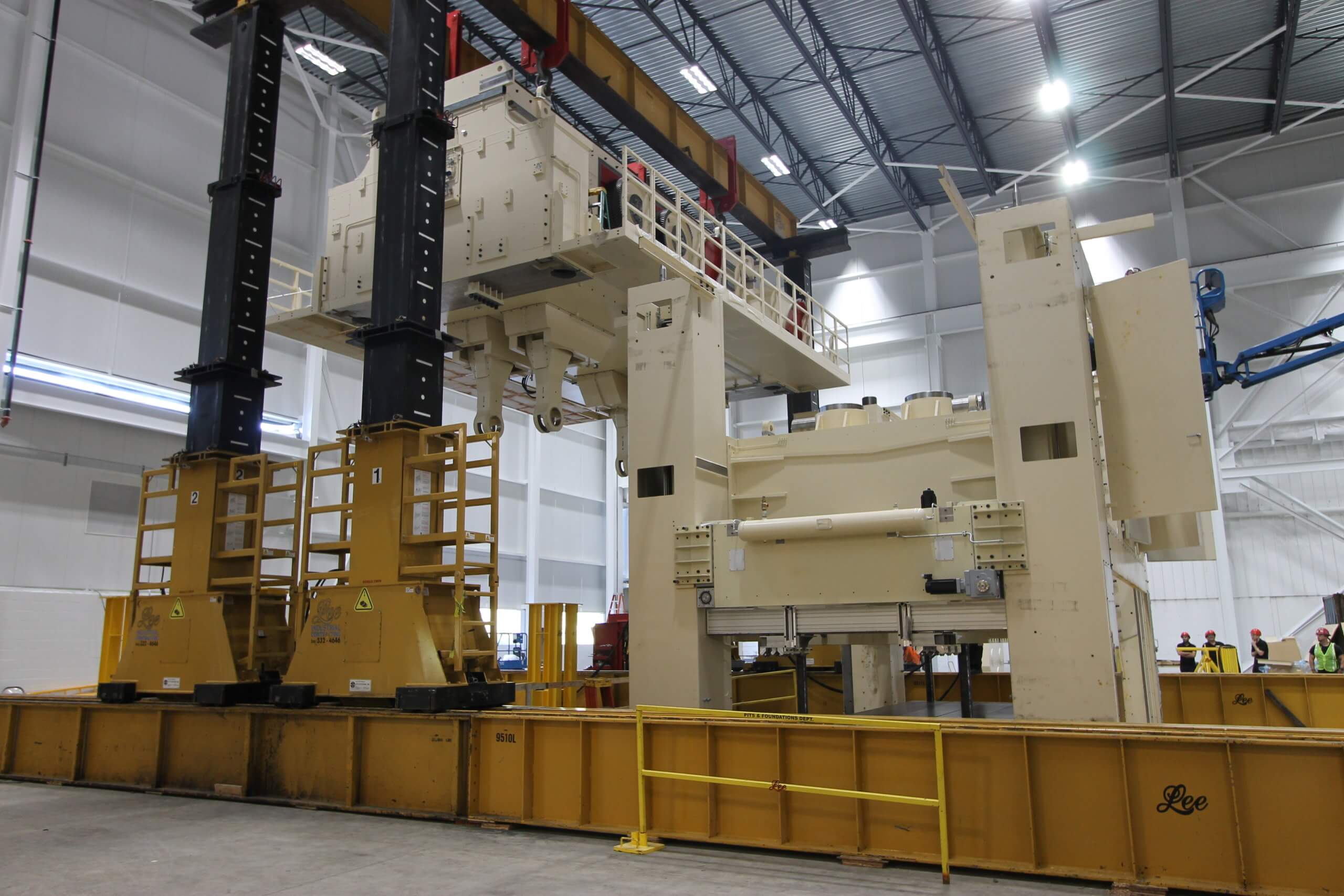
In the past, rigging referred to a system of ropes and pulleys used to support a ship’s masts. As technology evolved, the definition of rigging expanded to include the process in which objects are raised and moved into position. Today, rigging equipment, such as cranes, are used in a variety of settings including, manufacturing facilities, shipyards, cargo ports, and construction sites.
Over the last quarter of a century, the technology used in industrial rigging has made the process of lifting heavy objects and placing them more efficiently. Lee Contracting uses a variety of gantry systems and cranes which have a capacity up to 1,200 tons, to set your heaviest equipment. Gantry cranes allow us to set the heaviest pieces of equipment. We recently stacked two 2500-ton stamping presses. The crowns for each of the presses weighed 272 tons.
In addition to gantry cranes, Lee Contracting also has a fleet of several other cranes. We have three Broderson cranes with a capacity up to 50,000 pounds,
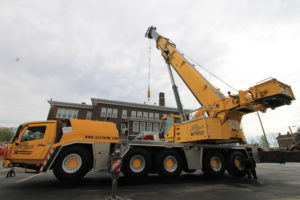 an Ormig crane with a pick and carry 70-ton capacity, a Lifts-Systems mobile lifter with a 75-ton capacity, a Terex crane with a 70-ton capacity and a Grove crane with a 300-ton capacity.
an Ormig crane with a pick and carry 70-ton capacity, a Lifts-Systems mobile lifter with a 75-ton capacity, a Terex crane with a 70-ton capacity and a Grove crane with a 300-ton capacity.
Lee Contracting has over 25 years’ experience in the rigging industry. We like to be tested beyond the limits. Our riggers travel all around the world to make sure you have an efficient, safe, and expedited experience with plant projects and relocations.
Our customers enjoy the benefit of our riggers being available 24/7, 365 days a year, our ability to cut down project completion time up to fifty percent of our competitors and the ability to complete every project with state of art equipment from layout to final assembly.
Our teams have the experience to take care of all your equipment including stamping presses, injection mold machines, blow molding machines, weld cells, robotic cells, assembly lines, and machining equipment.
View more of our capabilities, or contact us for a free quote today.


